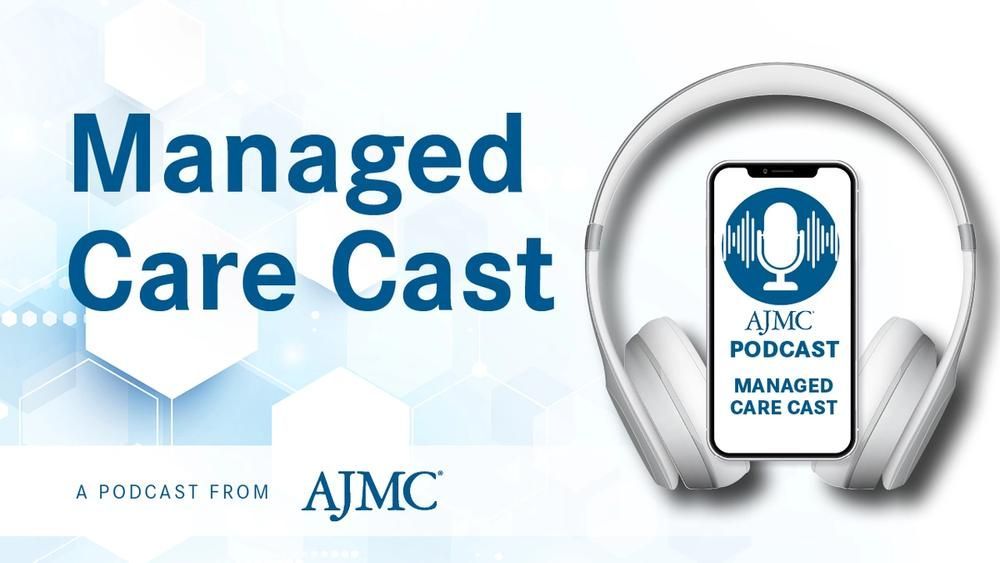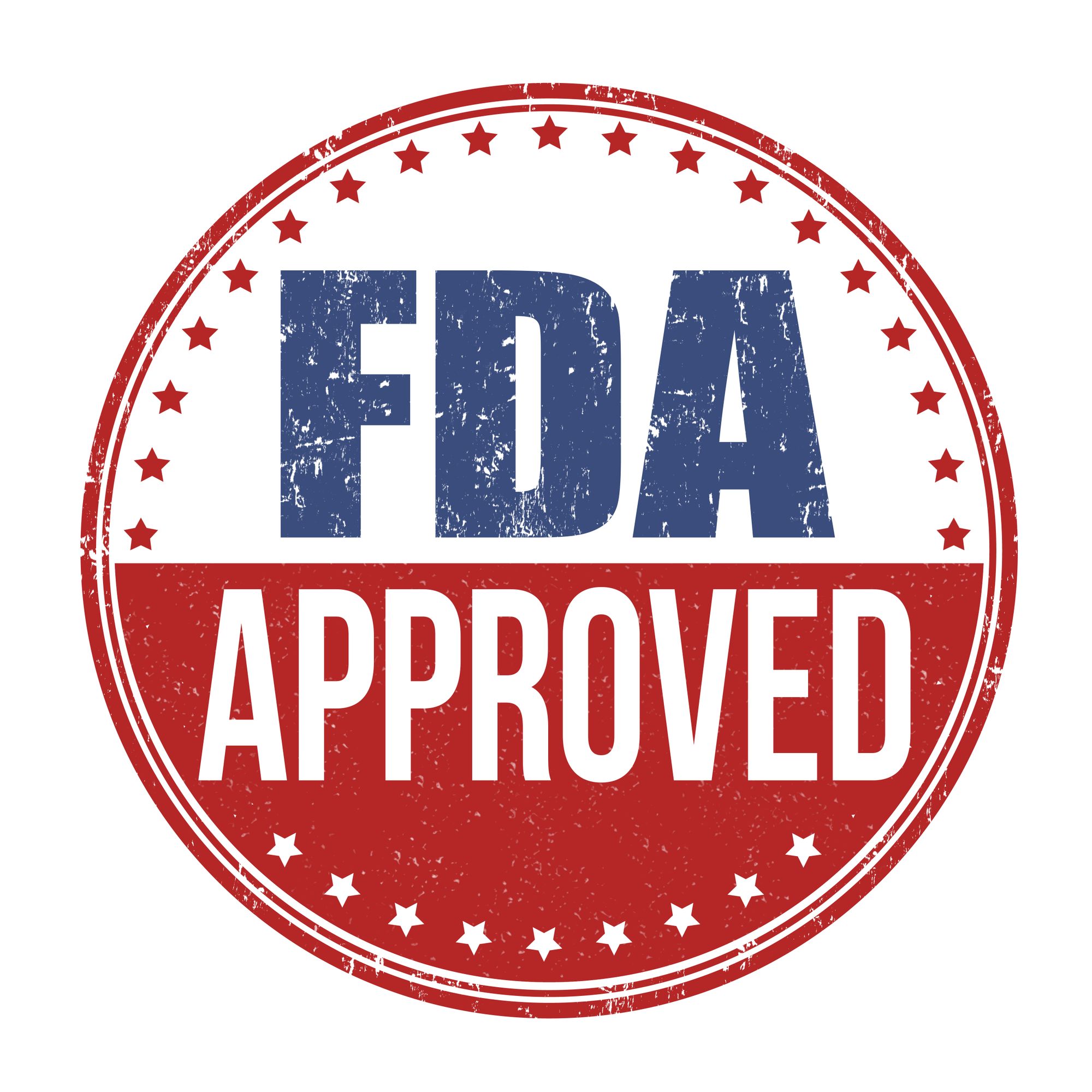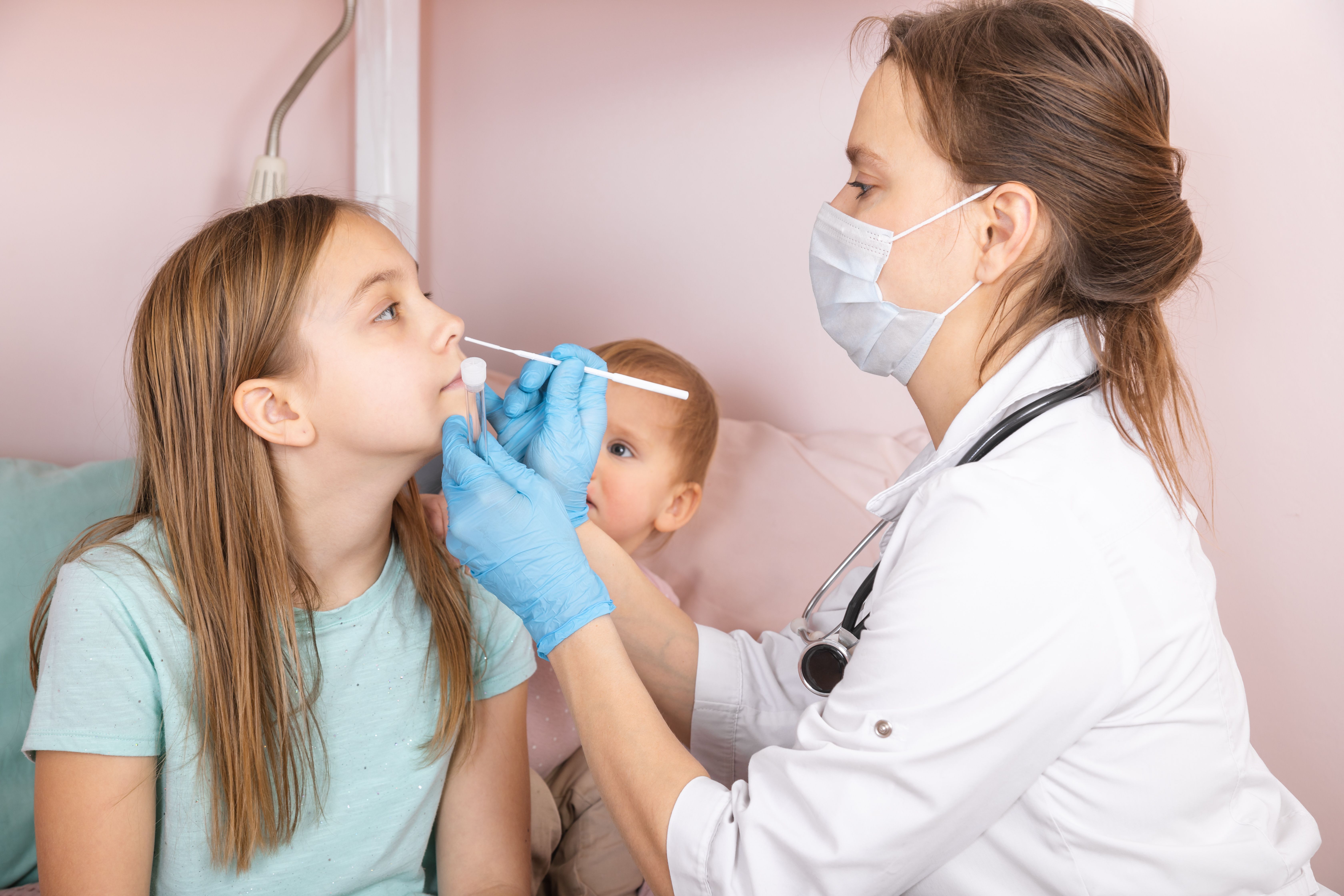Publication
Article
Evidence-Based Oncology
Flatiron’s Afghahi Addresses Testing Reimbursement Landscape, Opportunities in Exact Sciences Partnership
Author(s):
Key Takeaways
- Flatiron and Exact Sciences' partnership aims to integrate MRD testing into community oncology practices through a large-scale observational study.
- Community oncologists face barriers like reimbursement challenges and high patient volumes, impacting precision medicine adoption.
On February 5, 2025, health care technology provider Flatiron Health and testing company Exact Sciences, announced a new partnership to speed the use of clinical evidence generation for Exact Sciences’ molecular residual disease (MRD) test, OncoDetect.1 This is the latest in a series of partnerships Flatiron has announced with collaborators that serve community oncology; Flatiron has also partnered with artificial intelligence (AI) leaders Canopy and DeepScribe.
An Exact Sciences laboratory employee in Madison, Wisconsin. Flatiron Health and Exact Sciences’ new partnership will speed the delivery of testing data into clinical evidence. | Image credit: Exact Sciences

Flatiron and Exact Sciences have launched a prospective observational study, which will “evaluate the use of a tumor-informed ctDNA test for detecting MRD and predicting cancer recurrence in solid tumors,” according to the statement. The study will enroll 1350 patients receiving standard-of-care regimens in community practice settings, collecting data through blood draws during and after therapy for up to 5 years.1
MRD is becoming more important in treatment decisions in cancer care, and use of following the endorsement of MRD as a clinical trial end point by an FDA advisory panel.2 Flatiron is well-positioned to help practices integrate use of MRD into clinical practice, given the footprint of OncoEMR, its oncology-specific, cloud-based electronic medical record (EMR) platform.
To gain insight into the testing and reimbursement landscape, as well as opportunities created through the Exact Sciences partnership, Evidence-Based Oncology (EBO) posed questions to Anosheh Afghahi, MD, MPH, medical director at Flatiron Health and a practicing breast medical oncologist.
EBO: What are the main barriers to bringing precision medicine into community practice?
Anosheh Afghahi, MD, MPH | Image credit: Flatiron Health
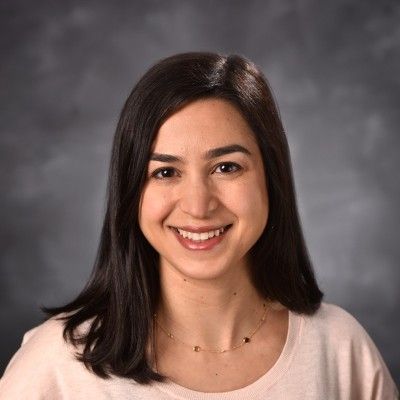
Afghahi: Community oncologists adhere to the same national standards as their academic counterparts, however they may be more susceptible to reduced administrative and clinic support, while often caring for a higher volume of patients.
The increased burden faced by community oncologists creates barriers to providing precision medicine for a variety of reasons.
First, there are reimbursement challenges:
- Genomic or precision medicine assays (such as detection of minimal residual disease, or MRD) are inconsistently covered by insurance.
- Additionally, there is often less allotted time and resourcing to assess whether these genomic or precision medicine assays are reimbursed by individual healthcare coverage plans. The complexities of assessing this, and the wish to prevent high out of pocket costs for patients, may serve as a deterrent for many to get the testing done in certain clinical scenarios.
Second, there are challenges with patient and provider adoption:
- Given clinicians’ high patient volumes in the community setting, there may be insufficient time to discuss the specific decision support tools in detail with each patient, thereby reducing the likelihood of patients wanting to pursue this option.
- Further, with the large volume of oncology studies conducted, it can be challenging for providers to keep up with evolving treatment guidelines. Decision support tools hold promise to address this challenge and provide a more tailored treatment plan for individual patients, if they can be more widely adopted across different healthcare settings.
- Finally, in addition to barriers specific to precision oncology care, patients in the community setting may also face socioeconomic factors, such as lack of transportation and reduced health literacy, that further contribute to disparities in care access more broadly.
EBO: We hear that payer coverage for testing is better than it was, but still not as good as it should be given the evidence. How would you describe the reimbursement landscape for testing?
Afghahi: The reimbursement landscape for genomic and MRD testing is variable and depends on the disease type and cancer stage as well as individual coverage plans. In addition, even a test covered by insurance can generate out-of-pocket costs for patients.
If a precision oncology assay is part of standard-of-care treatment guidelines, it is more readily performed and more consistently reimbursed. However, assays that are ordered based on emerging data or based on extrapolation from other clinical settings may not have guaranteed reimbursement.
EBO: The partnership between Flatiron and Exact Sciences is focused on patients in the community setting. Why is the study focusing on these patients?
Afghahi: The majority of patients with cancer in the United States are treated in community settings. It is important to ensure that these patients have access to oncology trials, and that the results of these trials are representative of the current cancer patient population.
This is particularly relevant in the emerging space of MRD diagnostics, where there are still many questions on how and where these fit into providing high-quality cancer care.
Flatiron Health serves a large network of community oncology centers—including over 4200 clinicians at more than 1000 sites of care treating upwards of 2.5 million patients—where our technology is embedded into daily workstreams. Our established network enables this multi-arm study to be implemented seamlessly into routine practice, thereby reducing the research participation burden for providers and research staff.
EBO: The Exact Sciences announcement noted the need to reach diverse groups of patients. Why is this important? Is it more important in some tumor types than others?
Afghahi: It is important to have a diverse group of patients enroll in trials to ensure that learnings are reflective of the entire cancer patient population. Many studies on the effectiveness and safety of cancer treatments and diagnostic tools lack participant diversity, leading to gaps in data that can limit the generalizability of the results in guiding treatment recommendations.
Increasing representativeness is important across many types of studies and tumor types. This is of utmost importance in tumor types that are more often diagnosed in historically underrepresented patient populations.
If we restrict access to a study to a narrower group of patients rather than a large, diverse group, the outcomes of the study may not be reflective of patients treated in real-world settings.
Reference
1. Flatiron Health, Exact Sciences partner to advance clinical evidence generation. News release. Exact Sciences. February 5, 2025. Accessed March 14, 2025. https://www.exactsciences.com/newsroom/press-releases/flatiron-health-and-exact-sciences-partner-to-advance-clinical-evidence-generation
2. Seymour C. FDA’s ODAC recognizes MRD as an accepted end point for accelerated approval in multiple myeloma. OncLive. April 12, 2024. Accessed March 15, 2025. https://www.onclive.com/view/fda-s-odac-recognizes-mrd-as-an-accepted-end-point-for-accelerated-approval-in-multiple-myeloma
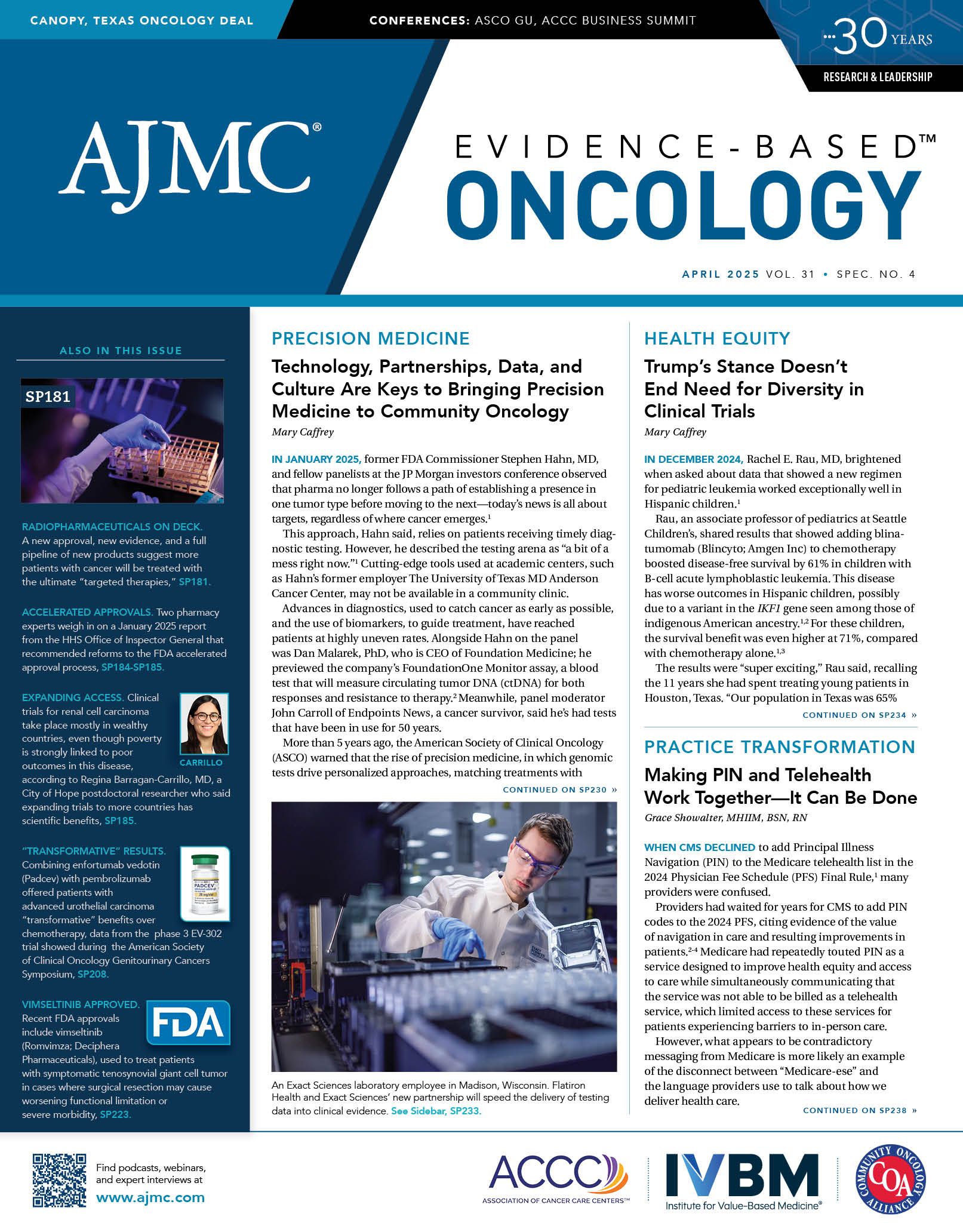
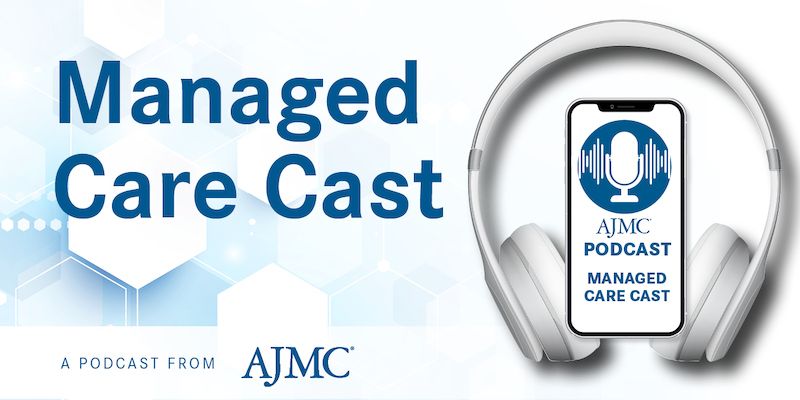
Navigating Sport-Related Neurospine Injuries, Surgery, and Managed Care

